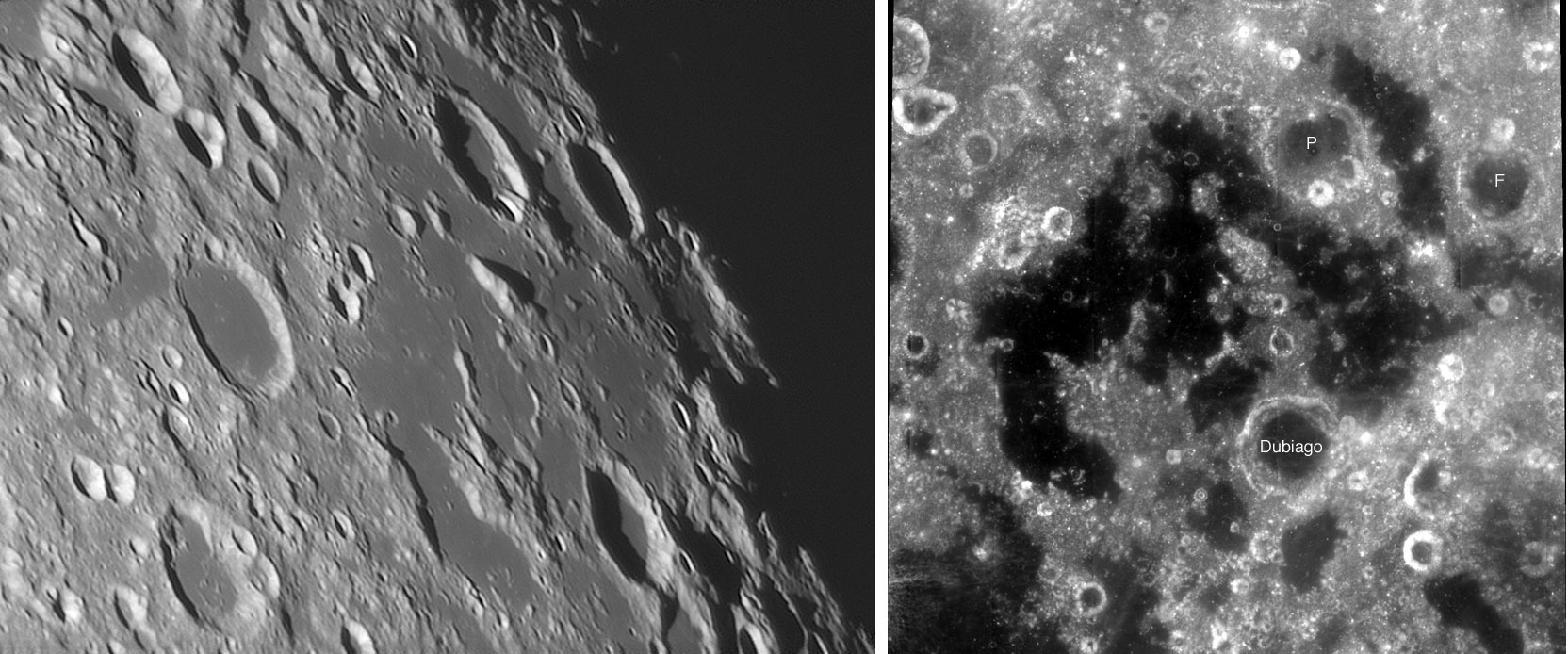Difference between revisions of "October 5, 2011"
(Created page with "__NOTOC__ =What is Undarum?= <!-- ws:start:WikiTextHeadingRule:0:<h1> --> <!-- ws:start:WikiTextLocalImageRule:6:<img src="/file/view/LPOD-Oct5-11.jpg/261577...") |
|||
| Line 2: | Line 2: | ||
=What is Undarum?= | =What is Undarum?= | ||
| − | + | <!-- ws:start:WikiTextHeadingRule:0:<h1> --> | |
| − | + | <!-- ws:start:WikiTextLocalImageRule:6:<img src="/file/view/LPOD-Oct5-11.jpg/261577368/LPOD-Oct5-11.jpg" alt="" title="" /> -->[[File:LPOD-Oct5-11.jpg|LPOD-Oct5-11.jpg]]<!-- ws:end:WikiTextLocalImageRule:6 --><br /> | |
<em>left image by [mailto:slamm@blueyonder.co.uk Stefan Lammel], Uxbridge, England; right image from Clementine</em><br /> | <em>left image by [mailto:slamm@blueyonder.co.uk Stefan Lammel], Uxbridge, England; right image from Clementine</em><br /> | ||
<br /> | <br /> | ||
| Line 28: | Line 28: | ||
<br /> | <br /> | ||
<hr /> | <hr /> | ||
| − | |||
| − | |||
| − | |||
| − | |||
Revision as of 23:20, 2 January 2015
What is Undarum?

left image by Stefan Lammel, Uxbridge, England; right image from Clementine
The irregular maria are typically small and seem to occur by happenstance. But few things on the Moon don’t have a story, so what is it for Mare Undarum?
Stefan’s best-ever from Earth image shows that Undarum is a roughly circular (if you mentally correct for foreshortening or look at the Clementine image)
patch of dark maria that fill low spots (ancient craters probably) and, like Australe, younger craters (Dubiago, Condorcet P & F, and Firmicus at left center).
The circular shape suggests that the mare material fills a small lunar basin but there is no evidence, other than the lavas themselves, to suggest a prior
depression. Indeed, topomaps show this to be a high area, and a crustal thickness map gives no evidence of thinning as under impact basins. To get a clue
to why Undarum exists we need a more regional perspective. Undarum, like Spumans, Bonitatis and Anguis are all piddly little mare patches outside of the
main mountainous rim of the Crisium impact basin. Although it is hard to see south of Crisium, a larger basin ring is clear to the north of the basin. All of
these little maria are in the moat between two Crisium basin rings. Deep fractures associated with the basin allowed magma easy rise to the surface, and
it ponded in the low spots.
Chuck Wood
I am at a meeting outside of Washington, DC for a few days so reused this excellent LPOD from Jan. 18, 2007. I was walking back to the hotel from a
great Indian resturant and noticed the Moon clearly visible. And my telescopes are 260 miles away... I noticed the phase was just slightly more than first
quarter and it reminded me of estimating the phase of Venus in the '60s.
Technical Details:
7 Nov 2007, 00:27 UT. 10″ f4.8 Newtonian, DMK 21AF04, 4x PowerMate, red filter, Registax v4, PSE 5, 60fps, 1/60s, 600/5000, MAP: 29×64.
Related Links
Rükl plate 38



